
































"Clenergy is a pure PV mounting structure manufacturer and distributor. We provide solutions, around roof & ground mount – with fixed/ adjustable tilt and trackers. "


Following Clenergy's rapid growth across Europe and the Asia Pacific, we are committed to providing the same
& services across the GCC
We pride ourselves with regard to our R&D capabilities across APAC & Australia, with additional high-value quality services coupled with professional technical & marketing support

We have manufacturing out of China, Indonesia & Australia, and we have shipped over 15GW of products to more than 30 countries globally
Clenergy is a pure PV mounting structure manufacturer and distributor We provide solutions, around roof & ground mount – with fixed/ adjustable tilt and trackers We pride ourselves with regard to our R&D capabilities across APAC & Australia, with additional highvalue quality services coupled with professional technical & marketing support
Clenergy is publicly listed with its foundation being laid in Melbourne Australia Started by three friends, with an average staff tenure above five years, which is far above the norm for the global solar industry Our direct distributors and partners have seen the great internal culture we have at Clenergy – where we look after employees first. We have manufacturing out of China, Indonesia & Australia, and we have shipped over 15GW of products to more than 30 countries globally
Following Clenergy's rapid growth across Europe and the Asia Pacific, we are committed to providing the same products & services across the GCC Recently, Clenergy won a 44MW project in Saudi Arabia, and a 25MW project in the Central African Republic, along with securing our first Solar Mounting distributor in the UAE
This year marks Clenergy's 15-year anniversary, and past this decade and a half our products have stood through the test of time and the environment From snow to sand storms, from torrential rain to scorching heat our structures have not weathered We believe our products are completely suitable for the GCC region as the solutions have endured much worse weather conditions in other parts of the globe Additionally, the MENA region is lacking a premium solar mounting supplier, which we aim to fill.
QHow has Clenergy's business been this year for the MENA region?
QWhat makes your products suitable for the MENA region?
QAnything else you would like our readers to know?
QWhat are the products and services provided by your company? What makes you stand apart from other players in the market?
products
"We believe our products are completely suitable for the GCC region as the solutions have endured much worse weather conditions in other parts of the globe. Additionally, the MENA region is lacking a premium solar mounting supplier, which we aim to fill. "
"FAS ENERGY
Jordan, DEWA, Morocco,
in 2013
FAS ENERGY started investing in Green ammonia and green hydrogen as well.
The public and the private sectors together are working in parallel in order to reach the target of the vision of 2030 in less time than scheduled.
We expect the market to be booming to the max in 2023, and the private sector will be more interested in renewable especially solar.
Our first project was in Egypt in Benban with a capacity of 62 MW dc with a single axis tracker, we reached the financial close round one, we were 2 companies out of 312 international developers and investors who reached the financial close
Our second project was in Ukraine with a 69 MW dc capacity, with a fixed structure, where we reached the COD in October 2021
Now we are in process of signing a few PPAs in different countries in CIS, South America, the far east, and Africa
Actually, in Saudi, the market is now booming and performing over expectations regarding the maturity and the support from the government and the banks as well
I said a long time before that we will lead the world in renewable energy as we lead it now in oil & gas
The public and the private sectors together are working in parallel in order to reach the target of the vision of 2030 in less time than scheduled. Personally, I believe we will do it.
At FAS ENERGY, we are developers, EPC, and O&M for renewable energy projects We are a subsidiary of Fawaz Al Hokair group, the largest owner and operator of shopping malls in Saudi Arabia and Egypt with a presence in different countries around the world
FAS ENERGY was established in 2013 and focused on the Saudi market, then we have been qualified in Jordan, DEWA, Morocco, and Egypt, and we started our first utility-scale project in Egypt in Benban

The total capacity in the pipeline is around 5GW
FAS ENERGY started investing in Green ammonia and green hydrogen as well
At FAS ENERGY, we are working as a developer for utility scales projects Now we are working to develop the C&I market
We expect the market to be booming to the max in 2023, and the private sector will be more interested in renewable especially solar



"At FAS ENERGY, we are working as a developer for utility scales projects. Now we are working to develop the C&I market. "
The Head of FAS ENERGY
was established
and focused on the Saudi market, then we have been qualified in
and Egypt, and we started our first utility-scale project in Egypt in Benban."
All the projects are working great, with no failures or problems, it is just normal maintenance
Regarding the finance, everything is going as per the plan
QHow have your recent projects performed, financially and technically?
QHow has the solar development been in KSA this year?
QWhat is your solar market outlook for the region in 2023?
QWhat have been some of your major projects in the region? What new projects are coming up?
"Alternative Energy Projects Co. (AEPCo.) is a Kuwait-based company specializing in renewable energy and decarbonization."
QGive us a brief introduction to
journey in the RE field.
I am an engineer at the core I studied electrical engineering for my undergraduate degree at the university in Jordan and then I moved to the United States to finish my graduate studies in electrical engineering cultivating with a Ph D from Arizona State University with a focus on power systems, energy conversion and power electronics My first job coming out of the university and grad school was at Siemens AG, where I started in the mining team at the US operation and then was moved to the headquarters office in Germany to lead both project and system development; providing innovative solutions for open pit mining as well as light rail and heavy rail applications After my stint at Siemens, I managed to join a startup company in California looking at developing high-speed machines for the oil and gas industry as well as specialty applications requiring small-sized machines running at tens of thousands of RPM with innovative solutions that included
(high-speed / high power) power electronics drives and magnetic bearing systems that were innovative and ahead of their competition at the time Around that time, I wanted to start my move back to the Middle East to be closer to my roots and I managed to join the founding team at King Abdullah University of Science and Technology (KAUST) in 2009 to be part of the economic development team, where I was leading the industry collaboration program as well as technology commercialization and it is then that I had a closer interaction to the field of renewables In Q2 2010, KA CARE was announced in Saudi Arabia and I was working as an advisor to Dr Khalid Al Suleiman who is leading the renewable side at KA.CARE and after that, I had several engagements advising both government and private sectors in Saudi Arabia on the topic of renewables and developing policies and programs in the field of solar energy I was able to start the first outdoor field testing program at KAUST that provided an opportunity for solar technology providers to test their products and systems under real environmental conditions in Saudi Arabia, and we managed in those days to tackle early topics like the impact of dust on the performance of solar panels as well as the methods to mitigate dust and how to clean solar PV panels
In 2013 I moved to Dubai, United Arab Emirates, to lead the business project development team for Saudi Arabia and the Middle East for First Solar, at the time when First Solar was vertically integrated from a business model standpoint covering everything from module manufacturing to project development to execution as well as operation and maintenance At First Solar, we had a couple of early landscape projects that really ushered in the utility-scale Solar PV market in the region and these included the initial Masdar 10 megawatts solar PV plant around 2010 as well as the first phase of
13 megawatts
and the first utility-scale, tracker based PV plant in the southern part of Jordan at 52 5 megawatts in 2016 These were projects that demonstrated the feasibility as well as the possibility of building and operating reliable solar PV power plants in the harsh desert weather conditions of the Middle East

"AEPCo focuses on providing solar and clean tech solutions; acting both as a Project Developer as well as an Engineering Procurement & Construction (EPC) service provider. "
Sep-Oct Issue 2022 | Pg 06 MiddleEast
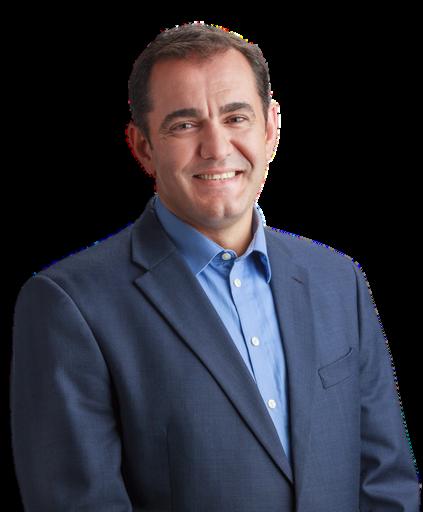
Chief Development Officer (CDO) Alternative Energy Projects Co.
Alternative Energy Projects Co (AEPCo ) is a Kuwait-based company specializing in renewable energy and decarbonization
AEPCo focuses on providing solar and clean tech solutions; acting both as a Project Developer as well as an Engineering Procurement & Construction (EPC) service provider
Founded in 2016, AEPCo entered the GCC solar market focusing solely on solar EPC services in Kuwait and from there AEPCo expanded into project development in the solar PV market
AEPCo was able to grow by executing numerous solar projects within Kuwait and expanding services throughout the MENA region, where AEPCo services the commercial and industrial private sectors with innovative solutions and business models to help these sectors reduce their opex while reducing their carbon footprint
AEPCo has an active project pipeline and has completed projects in many markets including Kuwait, Saudi Arabia (K S A), Oman, and Jordan, and expanding to other MENA countries as well.
AEPCo provides its clients with services in the following areas:
IPP Development: AEPCo has developed a flexible strategy for investment in clean energy The company leverages a strong presence and network of the main parent company and the relationships and network of its project development team to build relationships and partnerships with well-known key players in the clean energy market within the MENA region
Engineering, Procurement & Construction (EPC) Services: AEPCo provides solar EPC solutions across the MENA region Our company offers integrated services that help to ensure that solar power plants generate efficient output over time.
QHow is the solar industry in Kuwait faring currently?
Kuwait has an active goal to reach 15% of clean energy in its electricity generation mix by 2030. The government has been in the process of regulating a self-consumption scheme to allow end users to install solar systems on their premises and reduce peak demand on the power generation side Kuwait has announced programs that will include 3 GW of solar PV power plants to start their tendering process in 2023 as well as a mix of both wind and CSP technology-based projects The renewables file is being handled with great attention in Kuwait as the country aims to announce and start building its path toward a net zero carbon target
QWhat is your outlook on solar development in the region in the next year?

The Middle East will continue to have a strong solar outlook in 2023 there are at least eight gigawatts of solar projects under execution and within that additional ten gigawatts in different phases of development in the region The region was able to achieve world records in terms of single PPA plant size and GW scale as well as world records and terms of achieved tariffs per kWh of energy. I expect that the world will be more focused on the bottom line, the return for developers as well as an emphasis on achieving a healthy moderate margin The region's countries have started announcing several net zero
carbon targets and governments will require partnership with the private sector in order to be able to achieve such ambitious targets, esp. for mainly oil and gas countries.
I strongly believe that the region has benefited from COP 27 and COP 28 taking place in Egypt and the UAE as these events will catalyze country-level as well as regional initiatives and will help create an emphasis on achieving goals and showing tangible results on the ground
QWhat are Alternative Energy Projects Co's development plans for 2023?

AEPCo has an active project pipeline in several countries in MENA, whereby we emphasize serving the private sector on both the commercial and the industrial side to help reduce their carbon footprint through energy efficiency as well as solar PV systems that are contracted under equipment lease models Also, we aim to expand our footprint to include new countries in the MENA region and expand our partnership portfolio to include strategic local partners whom we closely work with to bring our know-how, experience and financial capabilities to help execute projects in that country or region
The region's countries have started announcing several net zero carbon targets and the government will require partnership with the private sector in order to be able to achieve such ambitious targets"
QCould you please introduce our readers to the services Alternative Energy Projects Co. provides?


AUTHOR:
FADI MAALOUF Chief Technology Officer, Dii Desert Energy
With base interest rates rising globally, utility-scale PV projects LCOEs (PPA tariffs) are expected to increase A key question arises: how “bad” is the impact of debt cost increase? IPP utility-scale PV projects are highly leveraged projects, where the finance structure comprises 70% to 85% senior debt and for long tenors of up to the complete project lifecycle So, if the cost of debt increases, what would be the resulting PV LCOE increase?

To conduct such high-level analysis, we start with a baseline case as follows:
We then consider three scenarios for debt cost increase from the baseline case: 100/200/300 basis points (bps). For such analysis, we maintain a fixed equity IRR (e g 6 11%) and bankable DSCR (1 2 @ P50) for all three scenarios We ran a detailed financial model to optimize various parameters and calculate the resultant LCOE for all three scenarios The results are:
The resultant PV LCOE (PPA tariff) breakdown demonstrates that the cost of financial contribution to LCOE increases from baseline case 25 58% to 29 89%/33 39%/36 68% for the three scenarios respectively
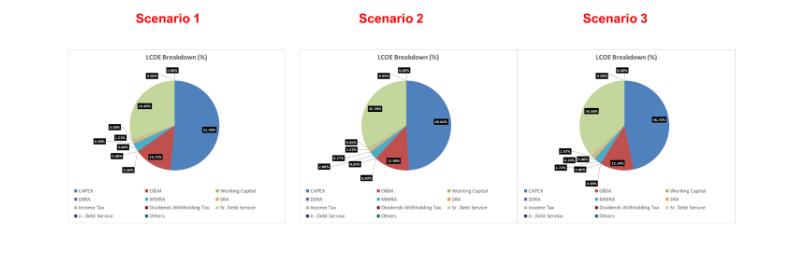
To summarize, increasing the cost of debt by 100/200/300 basis points (bps), PV LCOE (PPA tariff) increases by 6 94%/14 04%/21 01% respectively

Site Selection Best Practices for Solar PV Plant Development
Flood control
AUTHOR:
SAMER ADNAN ZAWAYDEH Independent Engineer
The following are the best practices that owners, engineers, designers, project managers, operators, and developers can consider during the Site Selecting stage for building and operating a new solar PV plant
Distance to the Electricity Distribution Grid
The site should be near the electricity distribution grid If the site is far from the distribution grid, then the owner of the solar PV plant will have to develop the access road and pay for the cost of connection to the grid
Road Access to the site
It is recommended that the owner will select a site that is near the main roads Because plenty of material will have to be transported to site
Site Topography
If the site is flat, this will reduce the cost of developing access roads inside the side. If the land is mountainous and has a single slope, then this slope can be used to achieve the desired tile and reduce the cost of the steel structure
Site Survey
It is very important to determine the corner points of the site using a licensed registered surveying company, and perform the topographical survey as well This will be used by the designers and quality data can be generated in AutoCAD format
Soil testing must be done by a qualified and experienced soil testing company. The local requirements for solar PV plants must be followed Otherwise, the best international practices must be followed The soil testing will include physical, chemical, compressive strength, electric-resistivity, and pullout testing
It is recommended that the owner will select a site that is near the main roads Because plenty of material will have to be transported to site
Road Access to the site Land Zooning
Sites that will be used for the development of Solar PV plants will need to abide by the local zooning requirements Some countries will change the type of land to “Light Industrial” The land will have to be purchased or rented for a minimum period of 20 years, which is the usual duration of the solar PV generation agreement with the electricity distribution company, and the agreement can be extended for another 510 years
Internet Access
The site will need internet for online data management Therefore, access to the internet is necessary
Boundary Wall with man gate and large vehicles
The Solar PV plant will need to be isolated, and entrance restricted to people who are permitted to enter the site

An EIA is usually required by local authorities or all projects that are larger than 5MW This EIA will be conducted by special companies with experience The report will study the type of birds, animals, plants, archeological, and social areas, and the impact the solar PV plant will have on the proposed site The EIA must be done ahead of time in developing the solar PV design
Other factors that can be considered are security, orientation, the shape of the land, access to water, the nearest town, and climatic conditions. These will all have an impact on the cost of developing the solar PV plant
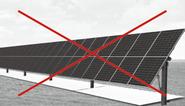
The ground reflectance of most of the project sites is low
The rear side power generation cannot be satisfied
There is no mature solution for increasing rear side power generation in the industry
SUNPLUS - USER VALUE (PV PLANT)

Increase power generation of power plant Improve the PR of the power plant
Full utilization of the power plant, resulting in lower LCOE 4 Easy installation and experience required
Long service life, at low OPEX
High diffuse reflectance ≥ 83%, gain up to 9~11%
Flexible material, easy to install
Anti-fouling and self-cleaning, easy maintenance

Anti-UV and anti-weathering, leading to long service life
Heat and Cold resistant
Environmentally friendly
Through the continuous efforts of the HALEAD team, The latest generation of products has a diffuse reflectance of up to 85% & More longer service life
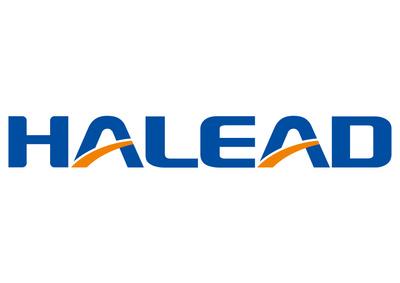
The world's first photovoltaic power generation project
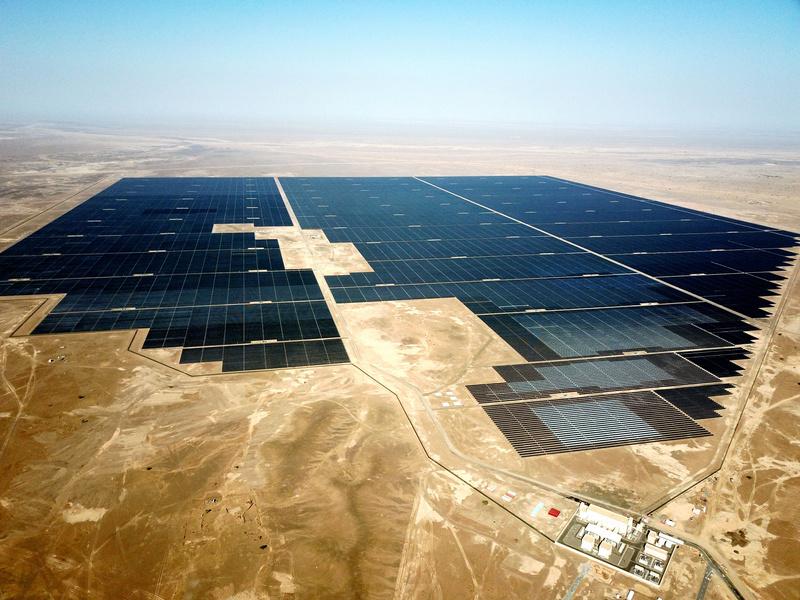
Using a ground-based flexible reflective material reinforced backplane power generation solution
From September 2021 till date now, the O&M is low and power generation gain effect is high
SUNPLUS - INDUSTRY VALUE (PV INDUSTRY)
A new breakthrough of power generation efficiency after the three proven technology trends (Poly to Monosilicon, P-Type to NType/TOPCon, and Monofacial to Bifacial)
Increasing the competitiveness of Bifacial solar panels, accelerate the market penetration of Bifacial solar panels

The Fourth Generation Revolution Enrich Bifacial market Incorporates New Technology
It can be seamlessly coupled with gain enhancement technologies such as tracking and robotic cleaning systems adding greater value
Distributed Rooftop photovoltaic power project in China


The roof area is about 7,200 square meters, and the overall paving scheme is adopted. After grid connection, it was confirmed that the gain is around 9% 11% higher after using SUNPLUS material against no material
For more product information and introduction, please contact:
Leo Wang Director of Sales leo@halead com
+86 15257372578
Since solar projects last decades, averaging 25-year-long spans, any additional technology added to a site needs to be equally durable While robotic cleaning may represent a relatively low portion of overall site CapEx, the risk posed when choosing a vendor without experience, the required certifications and an extensive testing program can be significant A robotic cleaning solution must be shown to clean effectively, consistently, reliably, and moreover, it must be verified that it can clean tens of thousands of times without causing any damage

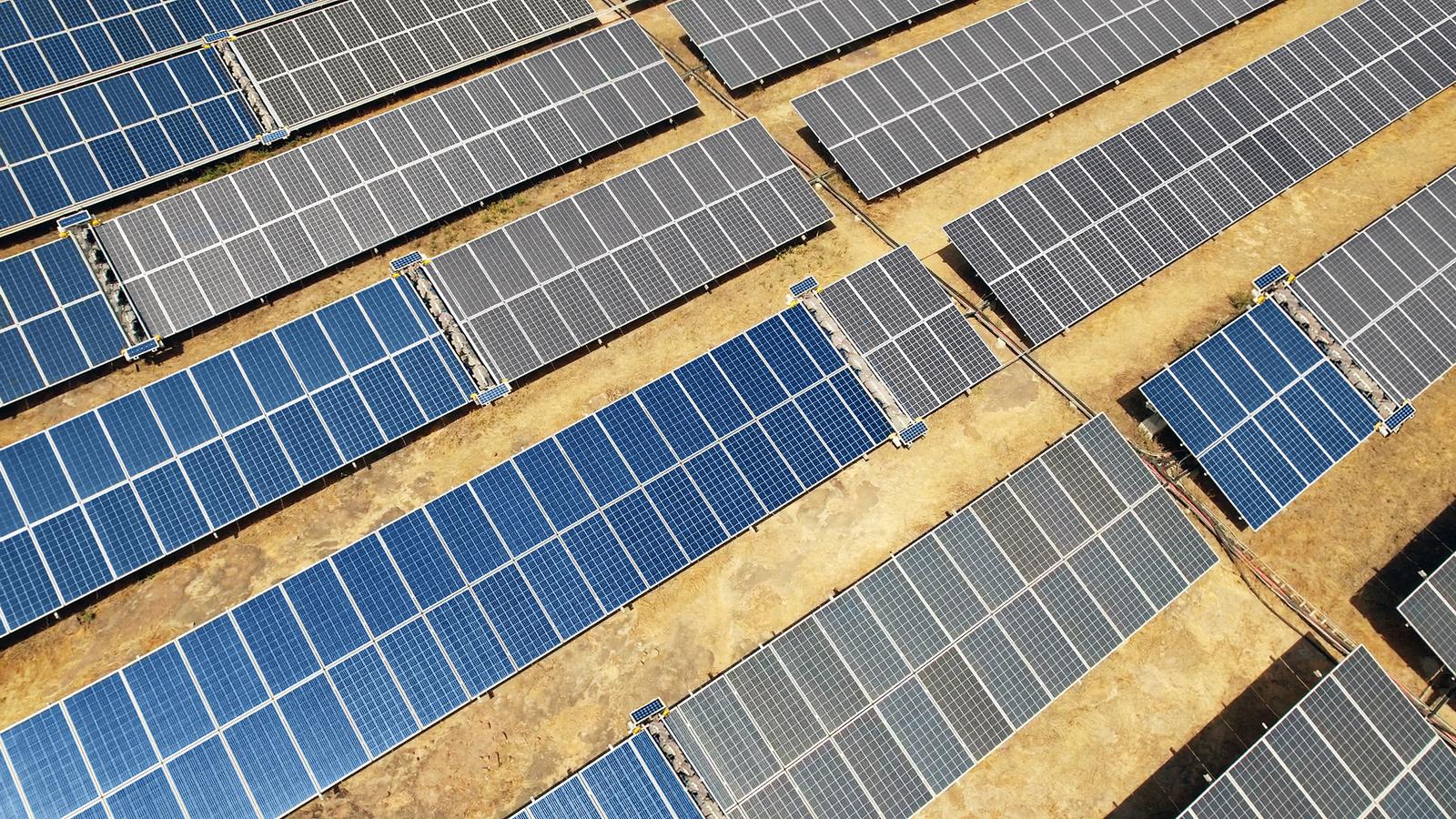
A good robotic cleaning company proves its worth through extensive testing and it is therefore important to ask robot providers about their testing practices. Testing should not stop once the robots are deployed, and companies should look to keep checking performance both up close and from afar
Things that one should be worried about can include questions such as where the main components are manufactured, if the company tests in the lab and the field, how the robots are tested for longevity and durability in harsh climates Feel at ease asking the vendor if the cleaning solutions have passed environmental
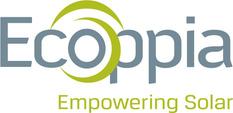
testing, or stress and distraction tests, and ask the vendor to ensure that the Anti-Reflective Coating (ARC) stays intact after hundreds and thousands of cleaning cycles
Additionally, investigate the module structure testing, and enquire if a potential provider works in collaboration with tracker makers for a cost-effective integration One can also go into detailed questions about module testing including acceleration testing, which involves simulating field conditions and should require thousands of cleaning cycles to mimic long periods, to ascertain that daily robotic cleaning does not harm any to the site assets
"A robotic cleaning solution must be shown to clean effectively, consistently, reliably and moreover it must be verified that it can clean thousands of times without causing any damage."
At Ecoppia, safety and reliability are at the core of its offering, and the company does not believe testing is something to mark off a checklist, but rather an ongoing process. As the company has gained more experience developing robotic solutions and in field operation over the last decade, Ecoppia has made sure its R&D team is in continuous testing mode With a 3,000m2 validation center, dedicated to extensive testing, the qualification and testing process applies to the overall product as well as to individual components. Every aspect of the robotic performance is analyzed - from impact on modules, coating, structure, to connections between neighboring structures, among other things Ecoppia credits its commitment to testing as one of reasons the company can offer the safest robots on the market for the leading IPPs, providing a cleaning solution that significantly impacts LCOE over any projects’ lifetime




For nearly a decade, and with over 16GW of agreements, Ecoppia has been the pioneer and world leader in robotic cleaning solutions for PV Offering a cloud-based platform and a suite of advanced solutions, Ecoppia’s fully autonomous robots cost-effectively maximize the performance of utilityscale PV sites all over the world. Remotely managed and controlled, the Ecoppia platform allows solar sites to maintain peak performance with minimal costs and human intervention
"Ecoppia’s client data hub was designed to summarize data collected from several sources including its robots, technicians on the ground and the cloud-based master control, with all the data converging in a single dashboard."



An 800MW solar power plant in Qatar has been connected to the grid at full capacity, with all modules provided by LONGi The project launch ceremony took place in Qatar on October 18 LONGi was invited to the ceremony as the project's exclusive module provider
Located to the west of Doha, over an area of 10 km2, the Al-Kharsaa project is developed by a consortium of Total and Marubeni and is Qatar's first solar power plant Equipped with LONGi Hi-MO 4 bifacial modules and a tracking system, the plant is the world's largest PV project to combine these two elements
The project, part of Qatar's "National Vision 2030", is expected to provide an annual 1 8 billion kW/h of clean energy, meeting the electricity consumption of some 300,000 households and reducing carbon dioxide emissions by nearly 900,000 tons
"We are honored to assist Qatar in developing this landmark project, and fully support the country's commitment to carbon neutrality," commented Jia Chao, President of LONGi's MEA and CA region
About LONGi

Founded in 2000, LONGi is committed to being the world's leading solar technology company, focusing on customer-driven value creation for full scenario energy transformation
Under its mission of 'making the best of solar energy to build a green world', LONGi has dedicated itself to technology innovation and established five business sectors, covering mono silicon wafers cells and modules, commercial & industrial distributed solar solutions, green energy solutions and hydrogen equipment. The company has honed its capabilities to provide green energy and has more recently, also embraced green hydrogen products and solutions to support global zero carbon development
"
The project, part of Qatar's "National Vision 2030", is expected to provide an annual 1.8 billion kW/h of clean energy, meeting the electricity consumption of some 300,000 households and reducing carbon dioxide emissions by nearly 900,000 tons."











LONGi has unveiled the Hi-MO 6, its latest generation of photovoltaic modules that match high efficiency with stunning aesthetics for distributed generation and rooftop applications

On November 2, world-leading solar technology manufacturer LONGi introduced the Hi-MO 6, its first module designed exclusively for the global distributed consumer market Using LONGi's high-efficiency HPBC cell technology, Hi-MO 6 achieves a maximum efficiency of 22 8% in mass production Designed to meet the needs of diverse clients, the Hi-MO 6 offers superior efficiency, safety, and aesthetics
HPBC (Hybrid Passivated Back Contact) is a new generation of highefficiency solar cell technology that’s unique in its front-side busbarfree design HPBC cell technology can considerably improve the cell’s light absorption and photoelectric conversion capabilities by adjusting the cell’s internal structure, and can thus effectively increase the module’s output power Modules equipped with HPBC cell technology can generate a greater volume of energy under hightemperature and low-irradiation conditions and also have superior power degradation performance In global power generation simulations, Hi-MO 6 modules have demonstrated a significant power generation advantage over PERC products with an average power generation increase of up to 10% in typical scenarios.
When developing PV solutions for residential and commercial applications, LONGi's R&D team strives to achieve the highest level of safety and reliability The Hi-MO 6 employs back contact soldering technology, which uses the one-line soldering structure rather than the traditional Z-shaped structure to enhance the module's resistance to cracking This revolutionary technological design, combined with LONGi Lifecycle Quality, makes the Hi-MO 6 one of the most reliable PV modules on the market
The Hi-MO 6 includes four series Explorer, Scientist, Guardian, and Artist all of which are in the standard M10 size (182mm) and are available in 72C, 66C, 60C, and 54C types The module’s aesthetic appeal evokes the minimalist style of modern industrial design and naturally complements a wide variety of application scenarios
For applications in sectors with increased security and intelligence needs, the Hi-MO 6 also offers the option of further enhancing safety and optimization by pre-installing the Smart Optimizer In the event of a PV system failure or module shading, the back-end system may be remotely monitored and optimized in real time using feedback from the Smart Optimizer’s 'digital brain', ensuring power plant safety while maximizing system power output.

“LONGi has driven industry development throughout the years with high-quality technical innovation The flagship Hi-MO series modules have contributed to upgrading global energy structure The Hi-MO 6 is another solid step toward promoting energy equity,” commented LONGi’s Vice President Dennis She
Founded in 2000, LONGi is committed to being the world’s leading solar technology company, focusing on customerdriven value creation for full scenario energy transformation

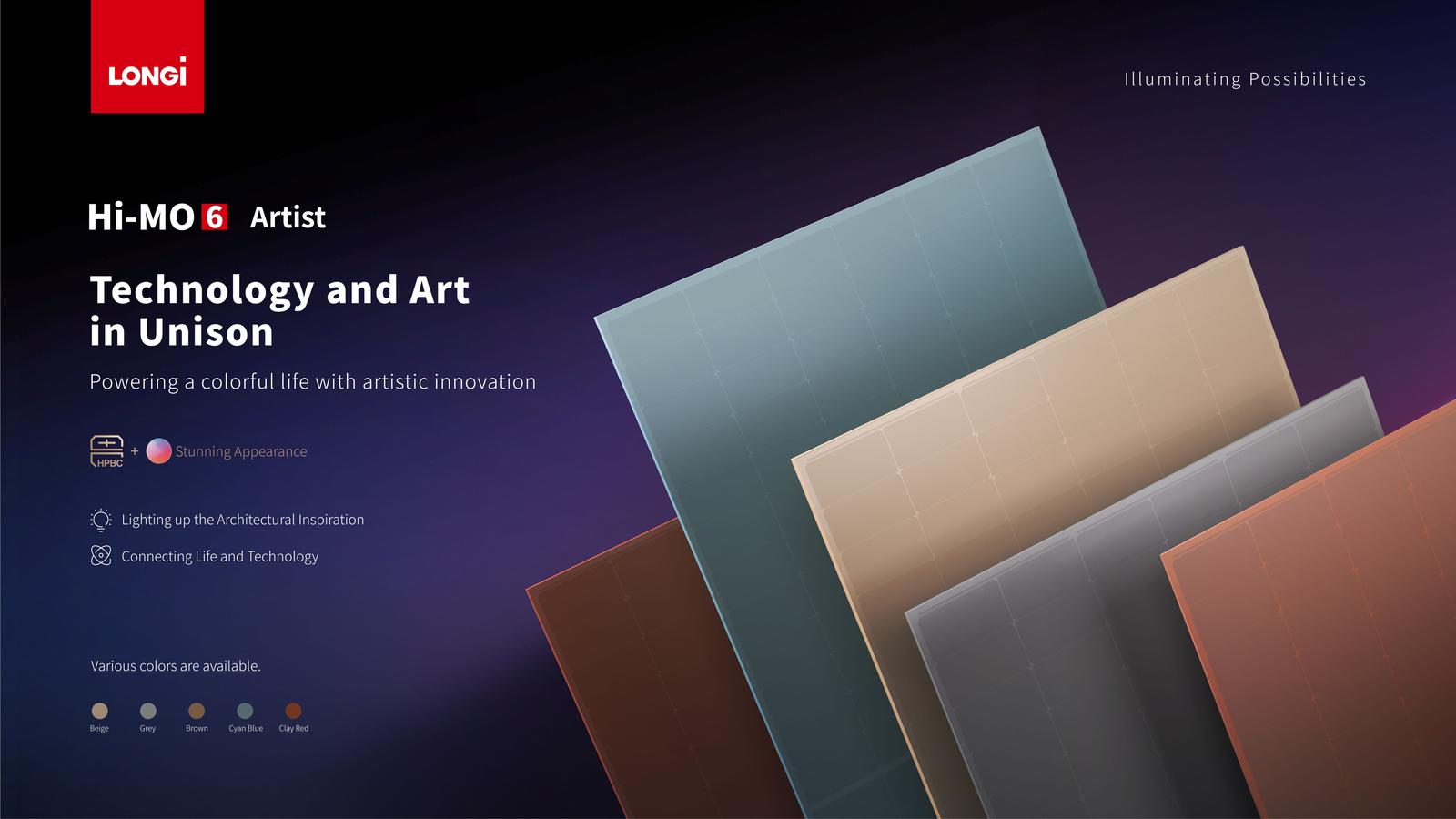
Under its mission of 'making the best of solar energy to build a green world', LONGi has dedicated itself to technology innovation and established five business sectors, covering mono silicon wafers cells and modules, commercial & industrial distributed solar solutions, green energy solutions and hydrogen equipment. The company has honed its capabilities to provide green energy and has more recently, also embraced green hydrogen products and solutions to support global zero carbon development www longi com/en

“LONGi aims to collaborate with more partners to participate in the new energy revolution, provide clean energy solution that is equally accessible to all, and accelerate our planet's energy transformation and development ”
Enhanced power generation efficiency through technological innovation Bringing

It is clear from recent market trends that both p- and n-type solar cell efficiency will increase But it is essential that you understand the basics of these cell types from an investor's or end user's standpoint The base of a solar cell with a p-type type semiconductor is present in the p-type cell, and vice versa for ntype cells. This is because the doping of wafers (both mono- and multi-) results in a difference in base This is required to make a semiconductor junction that conducts current flow The wafer is either doped with phosphorus (leading to an n-type wafer) or boron (leading to a p-type wafer)
P-type cells have economies of scale This is due to the demand for p-type solar cells in the market Because the whole value chain, from sand to solar cells, is optimized for p-type solar cells, this is a huge advantage

P-type cells have a cost competitiveness to its competitor The current market situation may make the initial cost a significant determining factor, giving p-type an advantage.

The main benefit of an n-type cell is its efficiency The ntype cell can produce more power and thus generate more revenue
They are also less susceptible to module degradation compared to P-type solar modules This allows a longer life expectancy for modules made with such cells They are also less susceptible to impurities than p-type cells
The thirdly levelized cost for electricity (LCOE), which is the ratio of total energy cost to the plant's life expectancy, can be quite significant It may even exceed the plant's return on investment (ROI) in some cases
PERC, like other cell technologies, is available in both p and ntype There are still many challenges to be overcome, the most important being Light Induced Degradation and Light enhanced Temperature Induced Degradation for p-type cells LID and LeTID have been shown to significantly reduce the power output of the PERC module It takes a lot of effort to improve the few practical ways that LID &LeTID can be eliminated However, N-type PERC cells are LID &LeTID-free


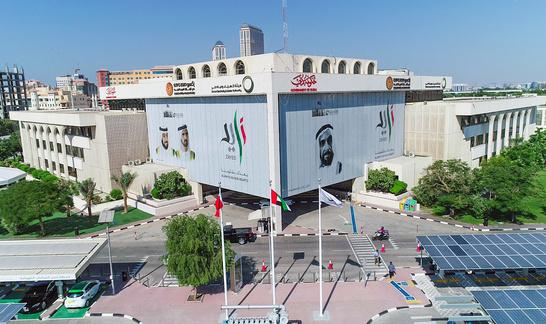
One of DEWA’s most ambitious projects is the Mohammed bin Rashid Al Maktoum Solar Park, which aims to generate 5,000 megawatts (MW) of electricity by 2030 The park currently has a capacity of 1,013 MW, making it the largest single-site solar park in the world DEWA has also launched a number of other initiatives to promote solar energy use in Dubai. The Shams Dubai scheme offers incentives for building owners who install solar panels on their rooftops, while the Green Charge program provides discounts on electricity bills for customers who install EV charging stations at their homes or businesses
Recently, the Egyptian Cabinet approved requests from Egypt for Green Hydrogen Company for assistance in the construction of green ammonia and green hydrogen projects using renewable energy. Two parcels of land were approved by the Cabinet for use in Aswan’s Benban Solar Park to support a 70-megawatt project and Suez Gulf for a wind power project of 205 megawatts These two projects will be contracted by the New and Renewable Energy Authority (NREA) It is important to note that Egypt for Green Hydrogen was a joint venture (JV), created by Scatec Norway, Fertiglobe in the UAE, and Orascom Construction

In March 2019, DEWA issued a tender for a 200-megawatt (MW) photovoltaic (PV) solar power plant at the Mohammed bin Rashid Al Maktoum Solar Park This was the third phase of the park, which is currently the world’s largest single-site solar park In October 2019, DEWA issued a tender for a 1,000 MW PV solar power plant. This plant will be located in Al-Lusail City, north of Qatar
The agreement will advance plans that include a 600megawatt solar energy and water desalination plant The memorandum is about Project Prosperity. It consists of two components: Prosperity Blue & Prosperity green Prosperity Green has a 600-watt solar photovoltaic power plant that can convert sunlight into electricity It will be enhanced by electric storage in Jordan, which will generate clean energy for Israel Prosperity Blue focuses on a sustainable desalination station in Israel to produce 200 million cubic meters a year of potable drinking water
The UAE has created a path to net zero greenhouse gas emissions by 2050 This implies a deeper reduction of emissions by 2030 than was envisaged in the revised Nationally Determined Contribution (NDC), which was released in September The target was to reduce the country's GHG emission by 31% by 2030 compared with a 2016 baseline This is up from the 23% reduction target in the country’s initial NDC

The UAE has set a goal to reduce its carbon emissions by 49 percent by 2030, and by 60 percent by 2040, based on the net zero roadmaps that were presented by the country's climate and

environment ministry at Cop 27 UN climate Conference in Sharm el-Sheikh These targets are also based on a 2019 base rather than a 2016 one They also imply lower total emissions for 2030, at 178 mn tons CO2e, as compared to the September NDC update The net-zero plan foresees emissions dropping to 87mnt CO2e by 2040. This will be before the country reaches its net-zero goal in 2050
Previously UAE stated that it intends to achieve net zero emissions This will be achieved by increasing clean energy production, including solar and green hydrogen, and also through waste management, energy efficiency, and green mobility To achieve its goals, the country will look into carbon capture utilization storage (CCUS), and small modular l t



